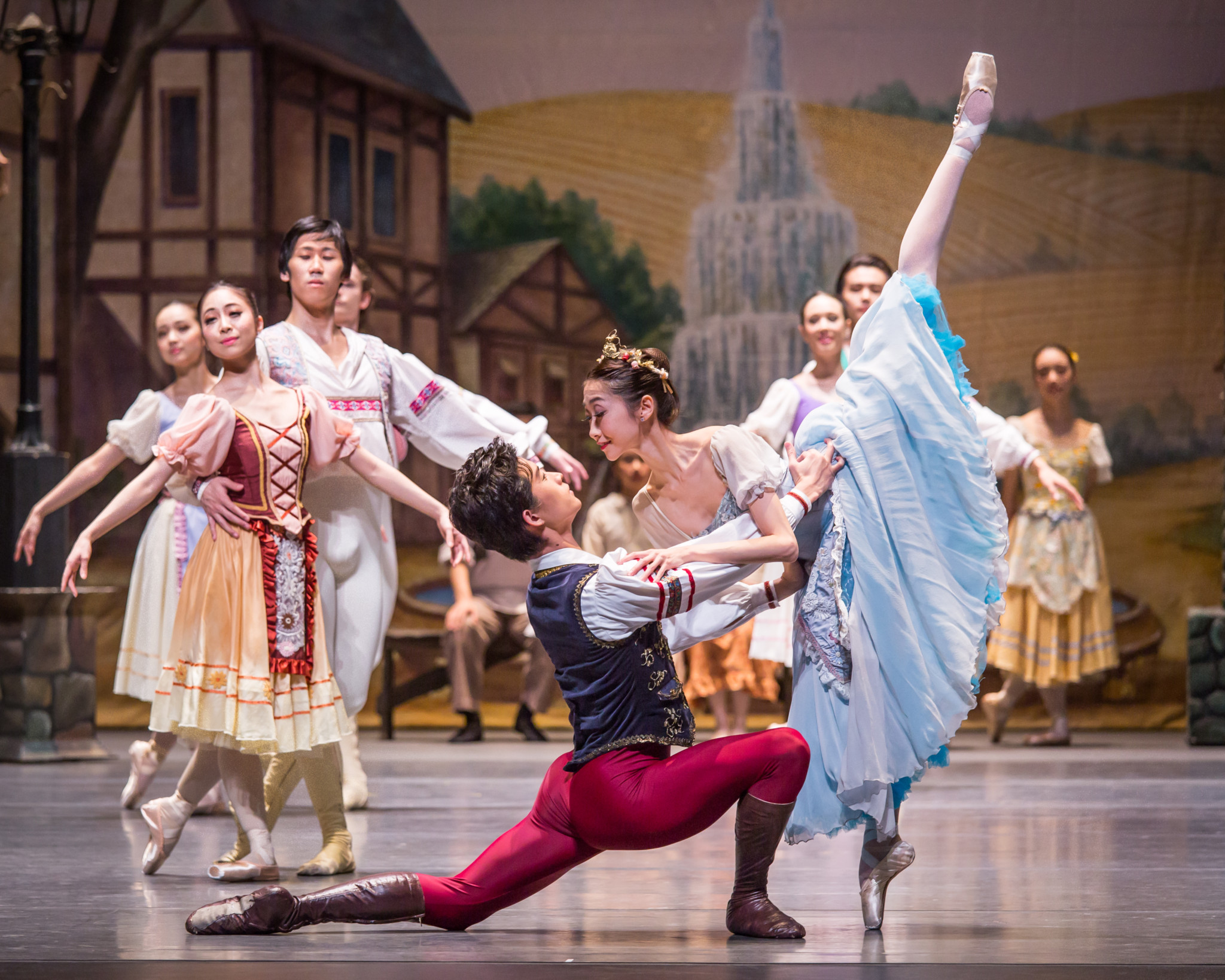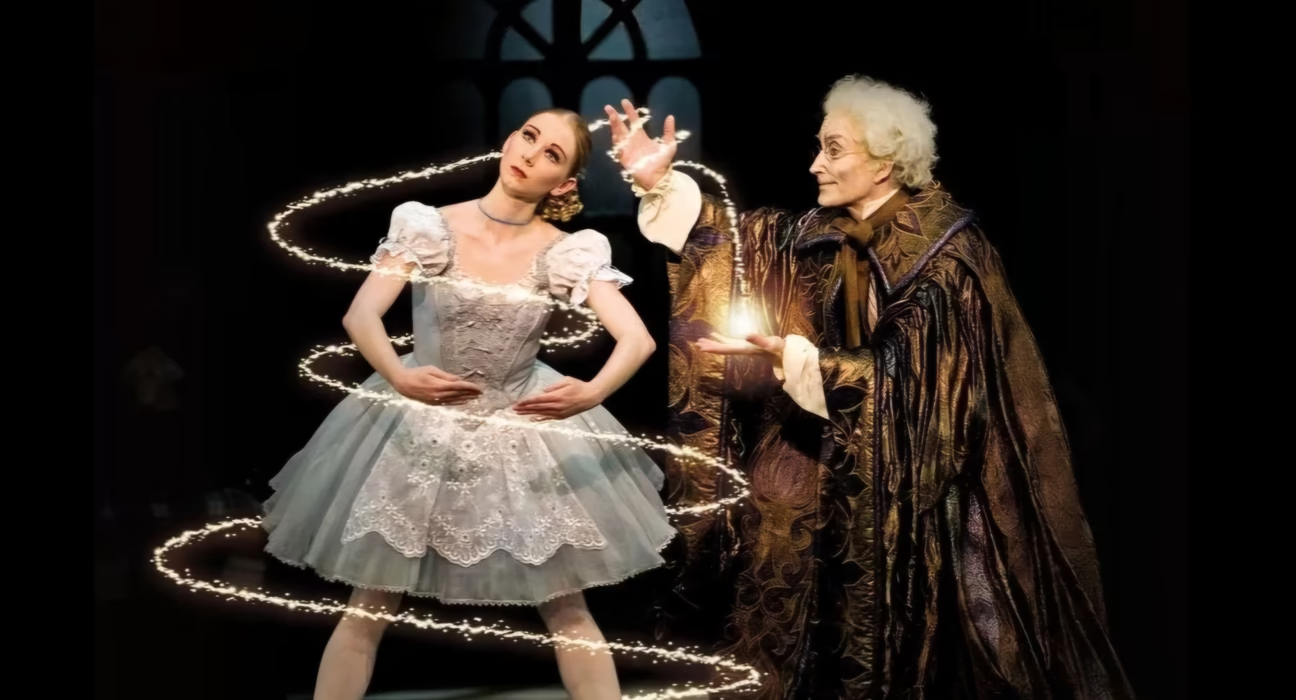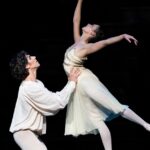Coppélia, a captivating masterpiece that intertwines romance, humor, and artistry, stands as one of the most beloved works in the realm of ballet. Created by Arthur Saint-Léon with the enchanting score by Léo Delibes, this production is renowned for its whimsical narrative and vibrant character dynamics. Debuting in Paris in 1870, Coppélia offers audiences a unique perspective on love through its humorous and heartfelt storytelling. This article delves deeply into the essence of Coppélia, exploring its plot, musical genius, cultural significance, and the enduring charm that resonates across generations.
A Colorful Narrative: The Plot of Coppélia

The storyline of Coppélia revolves around a young couple, Franz and Swanhilda, whose love story navigates the complexities of affection, jealousy, and illusion. The ballet’s charming narrative unfolds in a quaint village where Franz, captivated by a beautiful doll named Coppelia, becomes oblivious to Swanhilda’s feelings. However, Swanhilda, demonstrating her intelligence and determination, embarks on a quest to reclaim Franz’s heart, leading to a series of comical and poignant moments that define the ballet’s charm.
The interplay between reality and fantasy forms the crux of Coppélia’s narrative, offering not only humor but also deep emotional undertones. At its heart lies the exploration of the human experience—love, misunderstanding, and ultimately, reconciliation.
The Characters: A Balancing Act of Emotion and Humor
The characters of Coppélia are vividly drawn and serve as essential conduits for the ballet’s themes. Each character is multifaceted, with their traits contributing to the overarching narrative.
Swanhilda embodies strength and wit, showcasing a feminist spirit ahead of her time. Her quick-thinking and resourcefulness come to the forefront as she disguises herself as Coppelia to test Franz’s fidelity. This clever subterfuge not only creates comic situations but also highlights her determination to assert her role in the relationship.
Conversely, Franz represents the archetypal romantic hero, often torn between the allure of an idealized beauty and the genuine affections surrounding him. His infatuation with the lifelike doll serves as a metaphor for the sometimes superficial nature of attraction, prompting audiences to reflect on the authenticity of their own relationships.
Themes of Reality vs. Illusion
Coppélia explores the delicate boundaries between love and infatuation, emphasizing how easily one can be misled by appearances. This theme resonates deeply with audiences, allowing them to engage with the narrative on a personal level.
As Franz becomes enchanted by Coppelia, he momentarily loses sight of the real emotions shared with Swanhilda. This juxtaposition invites viewers to ponder their perceptions of love and the momentary distractions that life presents. The playful yet serious take on this theme allows Coppélia to transcend mere entertainment, evolving into a commentary on the nature of love itself.
Humor as a Tool for Connection

Humor plays a crucial role in Coppélia, serving as a bridge that connects the audience with the underlying emotions of the characters. Moments of laughter arise naturally from the interactions between characters, creating a delightful balance against the more serious undertones of jealousy and longing.
Swanhilda’s antics while disguised as Coppelia not only provide comic relief but also reveal her cleverness in navigating the intricacies of love. Her determination to confront the obstacles in her relationship adds depth to the lighthearted moments, making Coppélia a rich tapestry of emotional experiences.
The Musical Mastery of Léo Delibes
Léo Delibes’ composition for Coppélia is a cornerstone of the ballet, skillfully enhancing the narrative through music that evokes a wide range of emotions. Delibes’ ability to convey the spirit of the characters and the nuances of the story elevates the performance beyond mere choreography, seamlessly blending sound and movement into a cohesive artistic expression.
Melodic Brilliance: The Score of Coppélia
Delibes’ score is characterized by its lyrical melodies and intricate orchestration, which breathe life into the choreography. Each act is underscored by instrumentation that mirrors the actions on stage, drawing the audience deeper into the world of Coppélia.
For instance, the famous “Mazurka” captures the joyous atmosphere of village life, inviting spectators to sway along with the music as they witness the characters’ celebrations. Such melodic brilliance creates an immersive experience, ensuring that the audience feels every emotion—the joy of love, the pangs of jealousy, and the ultimate resolution.
Emotional Resonance Through Music
Beyond its catchy tunes, the score of Coppélia elicits profound emotional responses. Delibes masterfully manipulates tempo and dynamics to evoke feelings of longing, excitement, and tenderness. The choruses and solo pieces resonate with both the jubilant and melancholic aspects of the story, providing insight into the characters’ inner lives.
The use of contrasting styles within the score reflects the duality of the narrative—while some sections celebrate the lightheartedness of youth, others capture the seriousness of emotional struggles. This complexity enhances the ballet’s thematic richness and captivates audiences throughout the performance.
Cultural Significance of the Music
The enduring popularity of Coppélia can be largely attributed to Delibes’ unforgettable music. The score has transcended the ballet itself, becoming a staple in classical music repertoires worldwide. Its influence extends beyond the walls of theaters, finding its way into various cultural expressions, including film and contemporary dance.
The universal appeal of Delibes’ compositions speaks to the power of music as a form of communication. It crosses the barriers of language and culture, resonating with audiences regardless of their background. As such, Coppélia continues to endure as a culturally significant work, bridging generations through the emotive power of its music.
The Legacy and Impact of Coppélia

Coppélia’s impact reaches far beyond the stage; it has become a vital part of ballet education and performance. Its blend of humor, romance, and technical demands makes it an essential piece for dancers to study, learn, and perform.
Educational Value in Ballet Training
Many ballet schools incorporate Coppélia into their curriculums, recognizing its importance in fostering a well-rounded dancer. The ballet requires proficiency in technique, character portrayal, and musical interpretation, making it an ideal work for students to hone their skills.
Performing Coppélia allows aspiring dancers to explore character development through their performances. They learn to embody the emotional depth of their roles while mastering the intricate choreography, thereby gaining invaluable experience as they prepare for more advanced roles in the future.
Influence on Modern Interpretations
The timeless narrative of Coppélia has inspired countless reinterpretations and adaptations over the years. Choreographers continue to reinvent the classic, infusing modern sensibilities into the traditional framework while retaining the original’s core themes.
These innovative interpretations allow new generations to connect with Coppélia, ensuring its relevance in contemporary society. By presenting the story in ways that resonate with today’s audiences, the ballet remains a living art form that evolves while honoring its roots.
A Symbol of Artistic Resilience
Coppélia’s continued presence in theaters worldwide serves as a testament to its resilience and adaptability. In an ever-changing cultural landscape, the ballet stands firm as a beloved classic, capturing the imaginations of those who encounter its enchanting tale.
The vibrant energy of Coppélia appeals to audiences of all ages, allowing it to transcend the limitations of time. As communities come together to enjoy performances, the ballet fosters a collective appreciation for the arts, reminding us of the shared human experiences expressed through dance.
Conclusion

In the enchanting world of Coppélia, love, humor, and artistic mastery converge to create a timeless tale that resonates across generations. With its rich narrative, exquisite music, and enduring legacy, Coppélia stands as a celebration of the human experience—a reminder of the joy and complexity of love, wrapped in the alluring embrace of dance. Through its exploration of emotional truths and the whimsical nature of romance, Coppélia continues to captivate hearts and minds, solidifying its place as a cherished masterpiece in the annals of ballet history.
✉️ Stay Connected — Subscribe for Weekly Updates
Discover timeless stories, practical wisdom, and beautiful culture — delivered straight to your inbox.
*We only share valuable insights — no spam, ever.






